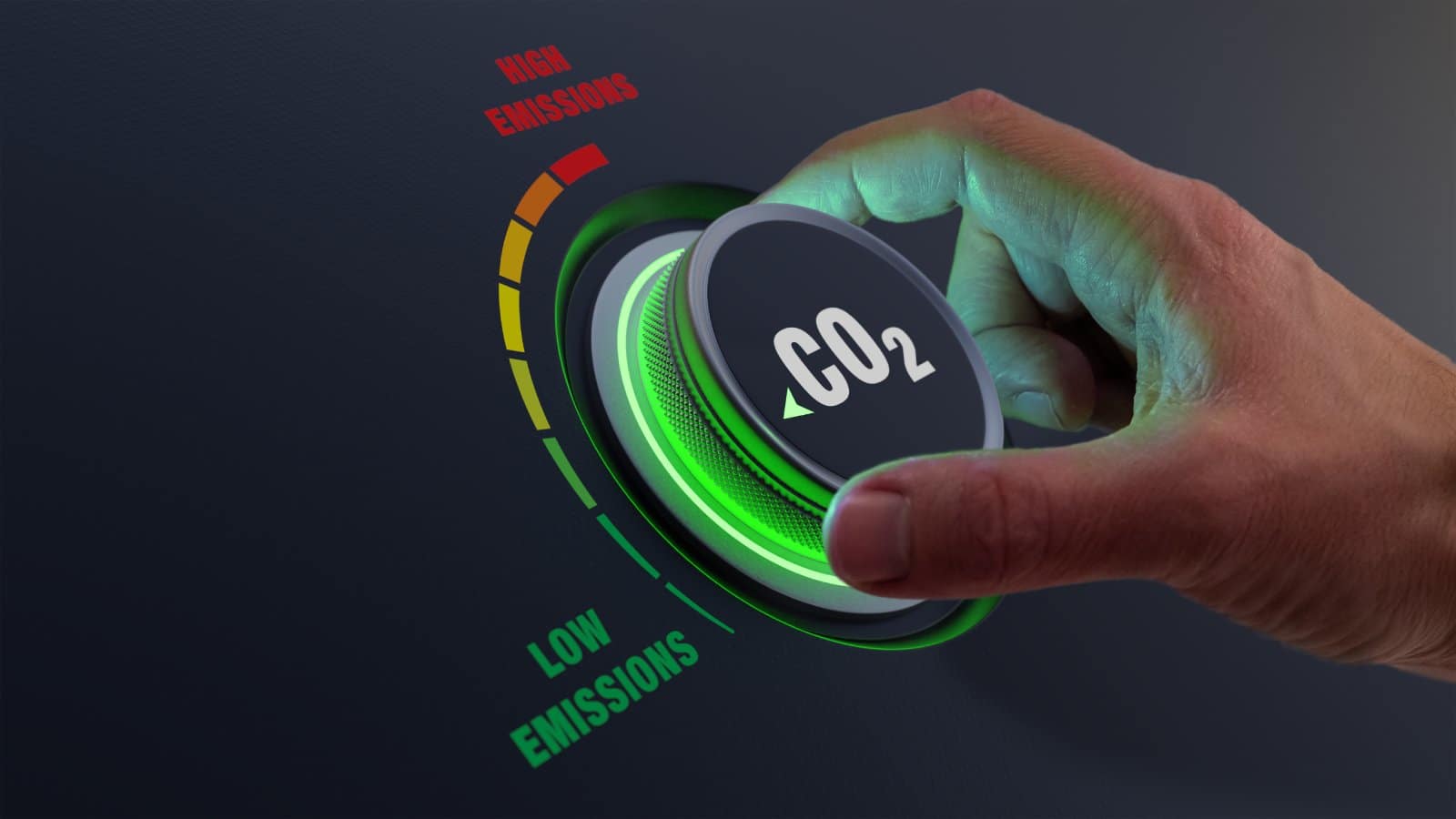Ever get the feeling that some “green” products are too good to be true? You might be right. Companies are getting cleverer at making their products seem eco-friendly when they’re not. Here are 20 outrageous ways they greenwash their products and mislead consumers.
1. Vague Claims

Image Credit: Shutterstock / Marius Pirvu
Companies use terms like “natural,” “eco-friendly,” or “green” without any proof or certification to back them up. It’s all about making you feel good without delivering real benefits.
2. Hidden Trade-Offs

Image Credit: Shutterstock / STEKLO
A product might have one green feature, like being made from recycled materials, but it could be produced in a factory that pollutes heavily.
3. Irrelevant Labels

Image Credit: Shutterstock / Minerva Studio
Slapping on labels like “CFC-free” on products that never contained CFCs to begin with. It’s like bragging about something they should be doing anyway.
4. Misleading Packaging

Image Credit: Shutterstock / BearFotos
Green colors and nature imagery on packaging can give the illusion of sustainability. Don’t be fooled by appearances alone.
5. Fake Certifications

Image Credit: Shutterstock / nelen
Creating their own “certifications” that look official but mean nothing. These are just marketing tools to trick you into trusting their product.
6. Overstating Benefits

Image Credit: Shutterstock / SomYuZu
Claiming that a small eco-friendly change, like using 5% less plastic, makes a huge environmental impact. The reality is often far less impressive.
7. Distracting with Irrelevant Information

Image Credit: Shutterstock / Hryshchyshen Serhii
Highlighting one tiny green aspect to distract from the larger environmental harm caused by the product. It’s a classic misdirection tactic.
8. Biodegradable but Not Really

Image Credit: Shutterstock / Dean Drobot
Saying a product is biodegradable, but only under industrial conditions not typically found in your backyard compost bin.
9. Renewable Energy Claims

Image Credit: Shutterstock / Yuganov Konstantin
Promoting that their product is made using renewable energy, but not mentioning that it’s only a tiny fraction of their overall energy use.
10. Carbon Offsetting

Image Credit: Shutterstock / NicoElNino
Claiming to be carbon neutral because they buy offsets, which often don’t compensate for the real environmental damage they’re causing.
11. Limited Green Products

Image Credit: Shutterstock / Alliance Images
Offering a small line of eco-friendly products to improve the brand’s overall image, while the majority of their offerings are far from green.
12. Short-Term Solutions

Image Credit: Shutterstock / Ekateryna Zubal
Promoting products that are eco-friendly only in the short term, like compostable items that take years to break down.
13. Made from Recycled Materials

Image Credit: Shutterstock / Pla2na
Using a very small percentage of recycled materials but marketing the entire product as green.
14. Energy-Efficient Lies

Image Credit: Shutterstock / fizkes
Claiming products are energy-efficient without standard tests or certifications to prove it. It’s all about looking good without the substance.
15. Natural Ingredients

Image Credit: Shutterstock / StoryTime Studio
Using the term “natural” for ingredients that are only minimally processed but could still be harmful.
16. Green Image Advertising

Image Credit: Shutterstock / Olena Yakobchuk
Running ads that show pristine nature scenes and happy animals to create an association with environmental friendliness, even if the product isn’t.
17. Omitting Information

Image Credit: Shutterstock / Bits And Splits
Leaving out critical information about the environmental impact of a product, such as harmful chemicals or waste produced during manufacturing.
18. Sustainable Resources

Image Credit: Shutterstock / GaudiLab
Claiming their product is made from sustainable resources when the sourcing practices are questionable at best.
19. Recyclable Claims

Image Credit: Shutterstock / chaylek
Saying a product is recyclable when the infrastructure to actually recycle it doesn’t exist in most places.
20. Over-packaging

Image Credit: Shutterstock / Nomad_Soul
Wrapping “eco-friendly” products in excessive amounts of plastic and non-recyclable materials, defeating the purpose entirely.
Don’t Fall for the Hype

Image Credit: Shutterstock / fizkes
Next time you see a product boasting its green credentials, take a closer look. Do your research, read the fine print, and don’t let companies fool you with their greenwashing tactics. Your wallet and the planet will thank you.
Oil Dumping Scandal Rocks Ships Heading to New Orleans

Image Credit: Shutterstock / Aerial-motion
Two shipping companies have been fined after knowingly hiding a large oil spill in the Atlantic Ocean. Oil Dumping Scandal Rocks Ships Heading to New Orleans
20 Eye-Opening Realities Facing Retiring Baby Boomers

Image Credit: Shutterstock / Jack Frog
As Baby Boomers approach retirement, the promise of leisure and security often seems unattainable. This generation faces unique challenges that could redefine retirement. Here’s a stark look at the realities shaping their outlook. 20 Eye-Opening Realities Facing Retiring Baby Boomers
Retail Apocalypse: Massive Closures Sweep Across U.S. Brands

Image Credit: Shutterstock / Tada Images
Stores across the U.S. are closing at unprecedented levels, according to new research from advisory firm Coresight Research. Read on for more information about the impact this could have on you and your communities. Retail Apocalypse: Massive Closures Sweep Across U.S. Brands
The post Exposing Greenwashing: How Businesses Fake Environmental Care first appeared on EcoHugo.
Featured Image Credit: Shutterstock / PeopleImages-Yuri+A.
For transparency, this content was partly developed with AI assistance and carefully curated by an experienced editor to be informative and ensure accuracy.


